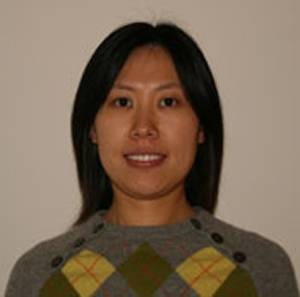Program Information
Feasibility of Treatment Adaptation Using MLC Leaf Shifting Algorithm to Account for Neck Position Changes for Patients with Head and Neck Cancer
Q Shang*, H Liu, S Koyfman, J Greskovich, P Xia, The Cleveland Clinic Foundation, Cleveland, OH
SU-E-T-373 Sunday 3:00PM - 6:00PM Room: Exhibit HallPurpose: For patients with head and neck cancer, patient's neck position is difficult to reproduce during daily treatment due to neck deflection, despite of daily image guidance. We investigated the feasibility of a novel treatment adaptation method using an MLC leaf shifting algorithm to account for neck position variations.
Methods: A patient with nasopharyngeal cancer, who received intensity modulated radiotherapy, was retrospectively selected. The prescription dose was 70 Gy to the gross tumor volume (GTV) and 56 Gy to the elective nodal region (CTV) in 35 fractions. A second planning CT was acquired after 22 fractions. A dual image registration was performed to determine the neck position relative to the skull. The contours of the GTV and the superior portion of the CTV were transferred from the initial planning CT to the second CT after rigidly aligning to the skull. The contours of the inferior part of the CTV were transferred after rigidly aligning to the vertebral body of the lower neck region. An MLC shifted plan was created by adjusting each IMRT segment to accommodate neck position changes using an in-house program. D99s of the GTV and CTV from the MLC shifted plan were calculated and compared to those from the isocenter shifted plan aligned to the skull.
Results: The shifts of the neck position relative to the skull were 5 mm, 8 mm, and 1 mm in the left, posterior, and superior directions, respectively. D99s of the GTV were identical at 67.6 Gy for both the MLC shifted and the isocenter shifted plans. D99 of the CTV was 53.1 Gy for the MLC shifted plan and 48.3 Gy for the isocenter shifted plan.
Conclusions: Treatment adaptation using an MLC leaf shifting algorithm is feasible to account for neck deflection. This method will be tested for additional 20 patients.
Contact Email:


